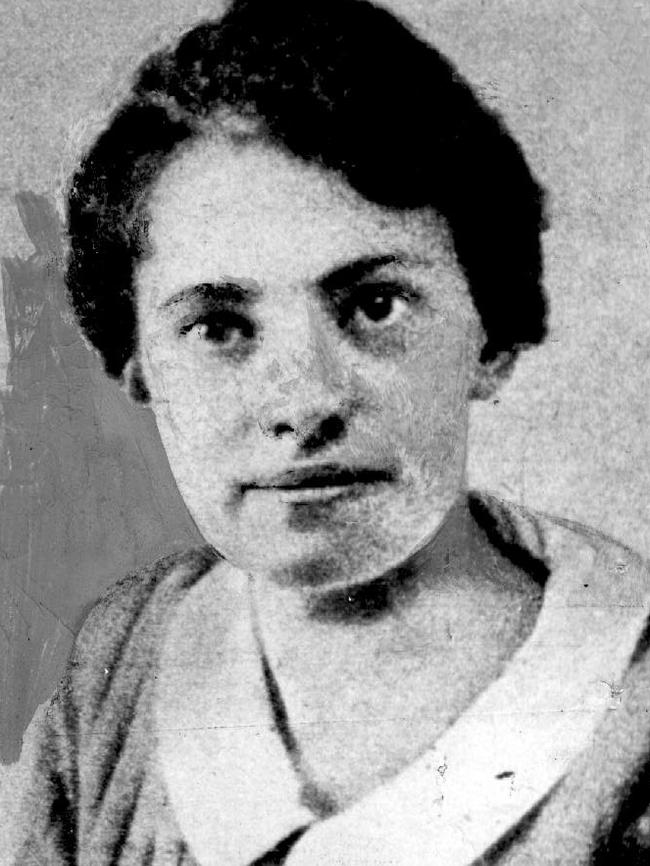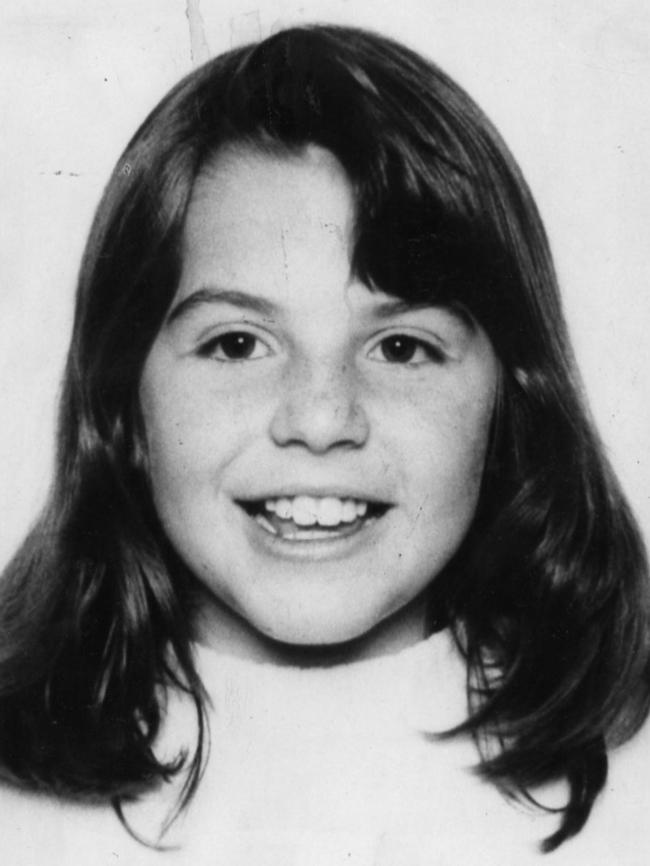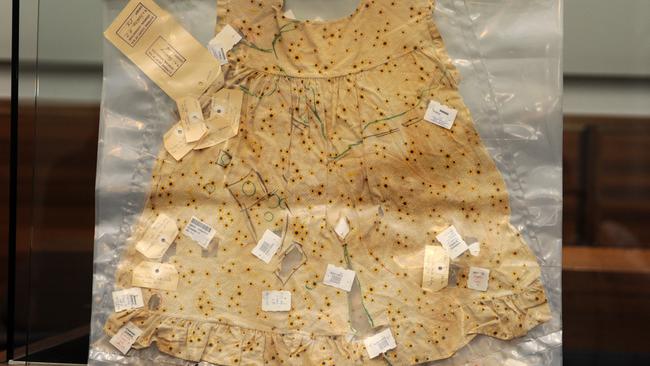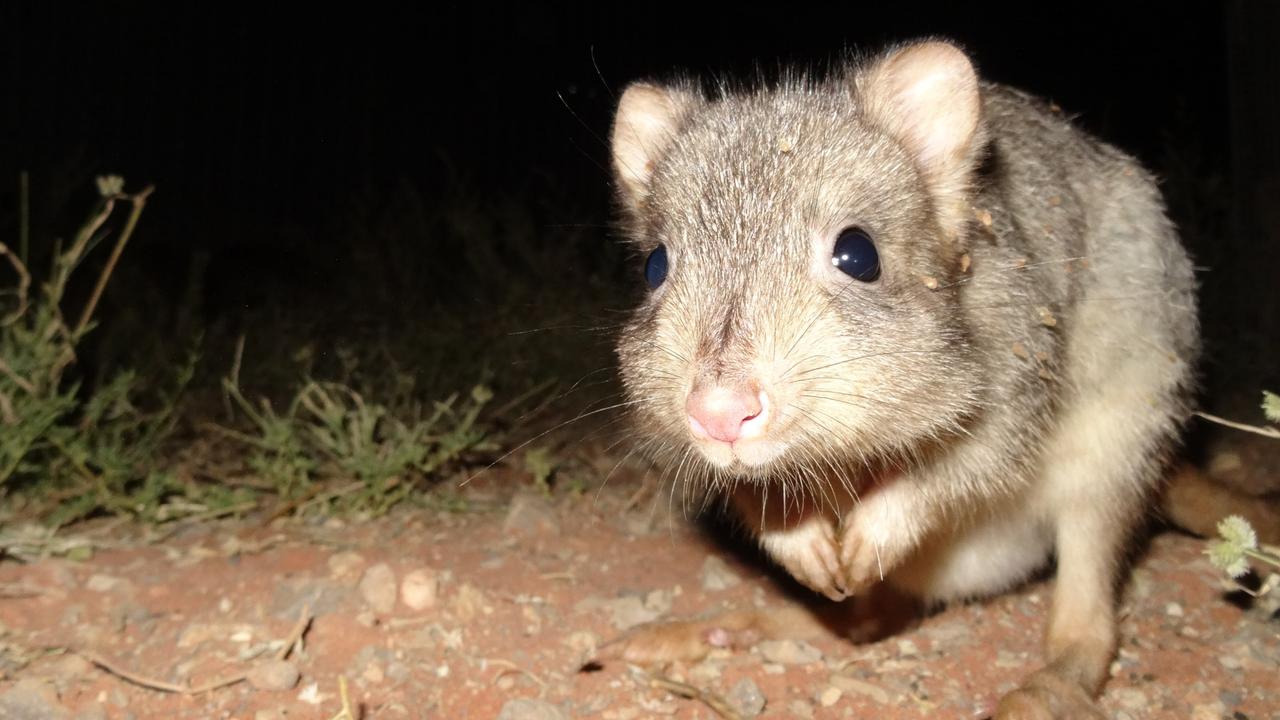Louise Bell murder trial: Scientist who proved Anna Anderson was not Princess Anastasia Romanov gives evidence
EXCLUSIVE: The scientist who proved Princess Anastasia did not survive the Russian Revolution, invented the process that, prosecutors claim, solved Adelaide’s 30-year-old Louise Bell mystery.

SA News
Don't miss out on the headlines from SA News. Followed categories will be added to My News.
THE scientist who proved Princess Anastasia did not survive the Russian Revolution invented the process that, prosecutors claim, solved Adelaide’s 30-year-old Louise Bell mystery.
In a special sitting last night, the Supreme Court heard evidence via Skype from Professor Peter Gill.
Based in the UK and Norway, Professor Gill invented the DNA analysis technique that allegedly ties murderer Dieter Pfennig to one of SA’s most enduring cold cases.
That same science, the court heard, also identified the bodies of those who died in the infamous Branch Davidian siege in Waco, Texas, in 1993.


Pfennig, 67, has pleaded not guilty to abducting Louise, 10, from her Hackham West home on January 4, 1983, and murdering her at some time before March 1 that year.
He is currently serving a life sentence for the 1989 murder of Michael Black, 10.
Louise’s body has never been found but her pyjama top was located by a neighbour.
Prosecutors have alleged that a sample of DNA taken from the top yielded a “one in one billion” match to Pfennig’s genetic profile when analysed by Professor Gill’s technique.
Pfennig and his legal team are contesting that match — if successful, they could set a legal precedent affecting the technique’s use around the world.

Last night, Professor Gill told the court the technique was so precise that it could tell “the last person to touch the steering wheel of a car”.
He said that, in 1986, he and a colleague exonerated a man wrongly arrested over the infamous UK “Pitchfork” serial killings.
A year later, they helped convict the actual murderer.
He said he was approached by the Russian government in 1993.
“Some remains had been found in a shallow grave in Siberia, and it was believed they were of the Romanov family,” he said.
“There were two bodies missing... a prince and a princess, who was commonly believed to be Anna Anderson.
“She was a famous pretender who spent her life in the US being supported by people who believed her.”
Professor Gill compared the remains with both a relative of Anderson and the Queen’s husband, Prince Philip, who was related to the Romanovs.
“We thereby proved that she could not have been Anastasia, and that she was a Polish worker after all,” he said.
The trial, before acting Justice Michael David, continues.



